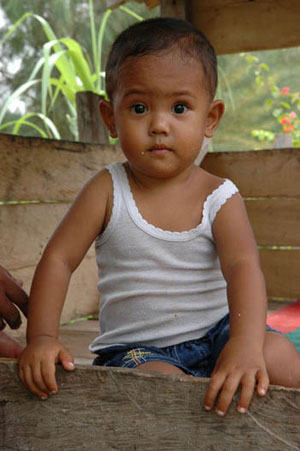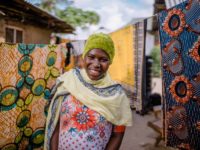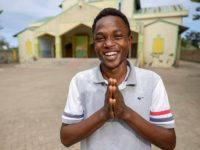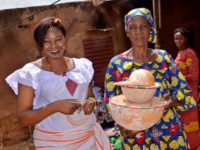Four years ago, on December 26, 2004, one of the deadliest natural disasters in history hit Indonesia, Sri Lanka, India, and Thailand. More than 225,000 people were killed in 11 countries.
Banda Aceh was one of those communities devastated by the tsunami. We had no active program in Banda Aceh before the tsunami, and in fact, none of the areas where we worked in Indonesia before the tsunami were affected.
But when the tsunami hit, we initiated temporary relief work under the name ‘ARIEF’ or Aceh Relief for the tsunami victims. This local name was chosen in order to allow a local ministry to take over the relief and do follow-up work for the beneficiaries of the programs after our initial relief work ended. Our relief work was initially planned for one year.
Bambang, a current Aceh Relief director who now handles the follow-up programs, regularly travels across the Aceh area in the effort to identify areas where the next relief or development effort could best assist those impacted by the tsunami.
These visits identifiy the future target areas for Aceh Relief as well as the approach and plans to provide the best support program and right personnel.
After ARIEF ended, Aceh Relief has continued to provide emergency relief work in Banda Aceh through a partnership with Pelayanan Desa Terpadu, or Integrated Village Ministry, and known well as PESAT. They still use the Aceh Relief name for the sake of familiarity among the beneficiaries. Compassion has established a well-known, reputable name under Aceh Relief.
In six months’ relief work, Aceh Relief funded the restoration and replacement of new homes, roofs, latrines and running water systems for the houses in Loh and Lempuyang villages in Breuh Island. A Compassion initiative worked to rebuild 83 homes inhabited by more than 500 people.

Arief has set up a team of teaching units for traumatized children who live in the shelters. These units provide school facilities and social assistance, including financial support for school or apprenticeship equipment and fees, as well as temporary classes for children and family mediation.

Resti, a former teacher in Compassion’s education relief center who is now working with another non-governmental organization says,
“The repeated exposure of many children to severe forms of tsunami trauma resulted in low self-esteem, limited social skills and high likelihood of quitting school among young people.
“It also caused children to behave in ways which increase the risk of child abuse, such as running away from home and spending entire days in the street, leaving them vulnerable to sexual abuse.”
Resti used to travel with other fellow teachers to several “school” sites in Ujung Batee and Blang Cut townships – both located in Masjid Raya district, the area that felt the brunt of the tsunami destructive force. It took them an hour by car; add half an hour if they used public ground transport.
These volunteer teachers helped the children overcome their trauma by teaching songs and assisting them in regaining their self-esteem and social skills. Basic education was also given as balanced cognitive resources for children, so they might still be educated according to their age.
- Learn more about how Compassion responds to crises.
- Make a donation to the Disaster Relief Fund.







2 Comments |Add a comment
So interesting to hear about the behind-the-scenes activities going on.
This is a great follow-up story! Thanks so much for telling us how work has continued and children have been helped in these areas.